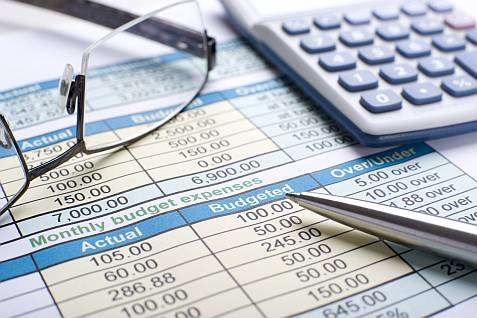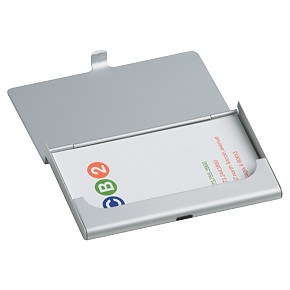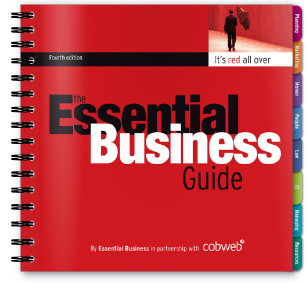How to Come Up with a Budget Plan You Can Track
It doesn’t matter if a business is big or small; all companies work within a…

It doesn’t matter if a business is big or small; all companies work within a budget. However, some only know how much they have without caring about how they spend it. So, they keep on spending without knowing where the money’s going until the budget’s all but gone.
For any business to successfully put their money in the right places and ensure that they will receive a good return on investment (ROI), they must create and stick to a budget plan. Most importantly, it should be a budget plan you can track.
In this article, we will teach you how you can come up with a budget plan you can track.
Step #1: Evaluate your income streams
In developing a budget plan, you need to know how much you’re working with before you think of distributing your budget. By knowing how much money you have and how much you’re going to have every month, you can spend your money in a much smarter way.
You can do this by identifying all your income streams such as item and service sales. In this way, you can start with an accurate budget and know the approximate money you’ll have in the future.
Step #2: Determine overhead costs
Overhead costs, or fixed costs, are vital in creating a budget plan. As much as income is key in creating a budget plan, it’s also necessary to know how much you need to spend to keep the business running.
Overhead costs are business expenses that aren’t volatile, meaning they don’t change much due to external factors. Some examples of overhead costs are employee wages, building rent, internet fees, and website hosting fees.
By knowing your costs, you can have a better idea of how much money you’re going to have each month after factoring in your income.
Step #3: Keep variable expenses in mind
Here is where it gets a bit confusing. In creating a budget plan, you need to remember that sometimes, you would have to deal with variable expenses. These are expenses that vary with each passing month, such as electricity bills and sales bonuses.
While they can mess the budget up, variable expenses can also be a way of improving the business when the money is spent on worthy variables. However, when the business is struggling, it’s a wise option to cut on variable expenses.
When you keep variable expenses in mind, you can have an accurate estimate of how much they can change monthly.
Step #4: Prepare for one-time expenses
Sometimes, you will need to pay for occasional one-time expenses. While these don’t come every month like other expenses, you can still prepare for them by predicting when they will come.
Some examples of one-time expenses are equipment repairs, professional consultation, and gifts to clients. For a functional budget plan, businesses should always have a buffer in the budget in preparation of one-time spends.
Step #5: Develop the plan and stick to it
By knowing your monthly expenses and income, you know your budget. For example, if you earn $5,000 in a month and have $3,300 in expenses, you’re left with $1,700 total net income. Once you understand the budget you have, you can proceed with spending wisely. It’s also important to note all income and expenses.
With a detailed budget plan, you can have a good picture of your finances. To understand your finances better and use your budget wiser, keeping all your data and using data infrastructure can go a long way.





